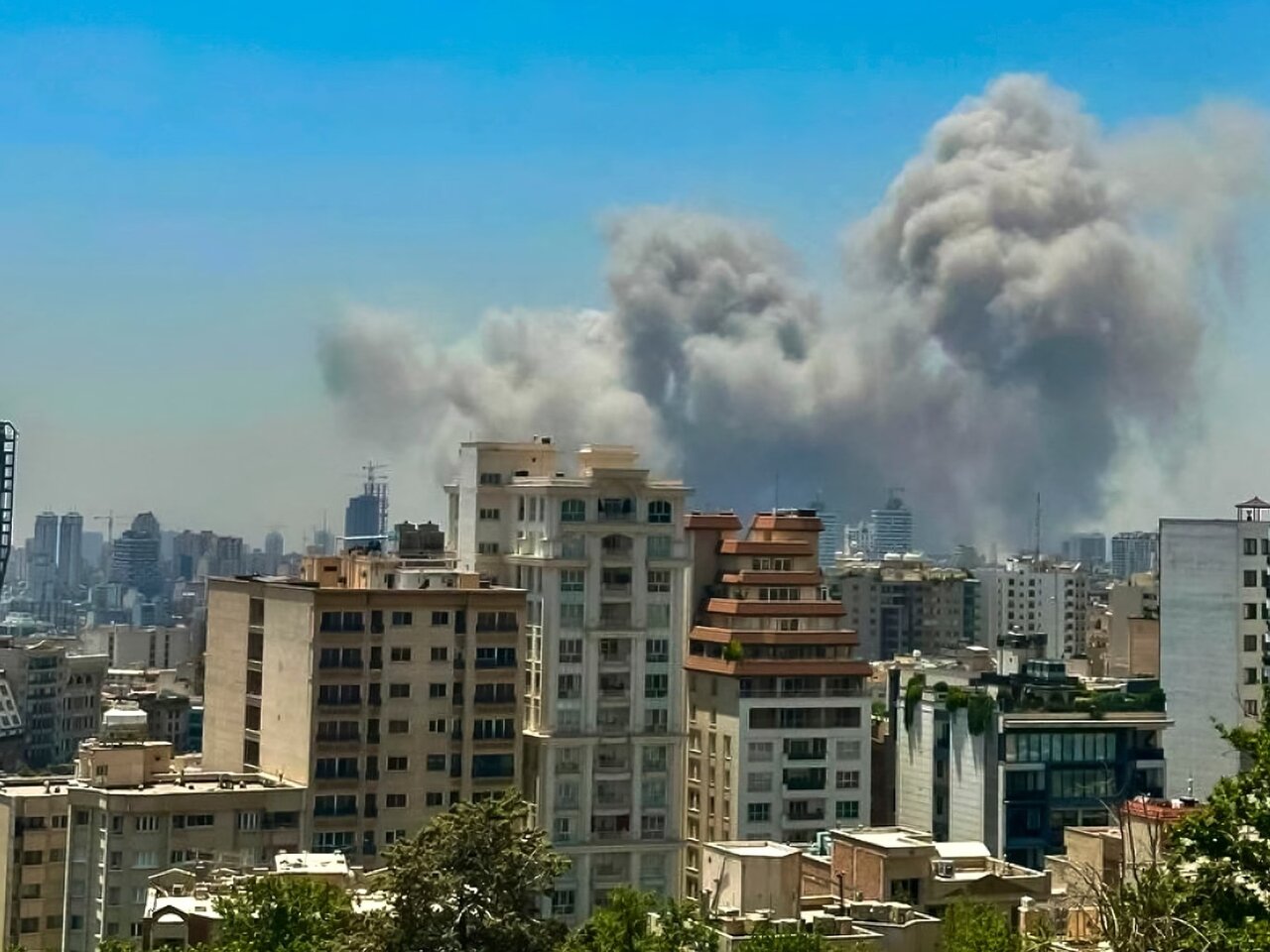Why Iran emerged victorious in its war with Israel
A new-found unity among Iranians was the most tangible result of the war

TEHRAN – The so-called ’12-Day War’ started with Israeli airstrikes against Iran in the early morning of June 13. The regime’s assault occurred just days before Iran and the United States were set to meet for a sixth-round indirect nuclear talks in Oman, sabotaging the diplomatic process and unravelling any potential progress made during the previous five rounds.
An event precursor to the assault was the illegal Israeli strike on Iran’s diplomatic premises in Damascus on April 1, 2024, which destroyed the Iranian embassy’s consular section. It also resulted in the martyrdom of Brigadier General Muhammad Reza Zahedi, a commander of the IRGC Quds Force, his deputy General Muhammad Hadi Haji Rahimi, and five of their accompany officers.
Iran retaliated less than two weeks after the attack with Operation ‘True Promise I’, then was known as world’s largest drone operation. It marked the first direct military confrontation between the two arch enemies.
Iran launched Operation ‘True Promise II’ on October 1 following Israel’s assassination of Hamas leader Esmail Haniyeh in Tehran.
Operation ‘True Promise III’ was launched in 22 waves in the course of 12 days in June of this year, as a response to American-Israeli strikes on Iran’s nuclear, military, and civilian infrastructure.
The E-3 along with many other silent Western nations, supported the Israeli strikes, using the usual justifications that “Iran cannot have a nuclear bomb.” However, numerous demonstrations were held by the Muslim diaspora in the West and around the world condemning the Israeli aggression.
This war also became a test of both sides’ technological know-how. The effectiveness of Iran’s missile technology was relatively known to the West due to IRGC’s retaliation for General Soleimani’s assassination, which saw Iranian missiles rain on the U.S. al-Asad Airbase in Iraq on January 8, 2020. The strikes did not cause any casualties mainly due to Iran’s advance warning of the attack.
The recent conflict also showed the vulnerability of the so-called impenetrable Israeli mobile air defense “Iron Dome” system, especially against the new generation of hypersonic Iranian missiles.
On June 22, Washington decided to enter the war. U.S. President Donald Trump announced in a social media post that the U.S. military had struck three nuclear facilities in Iran, including Natanz, Bushehr and Fordow. The Economist reported that 14 bunker-busting bombs and some 30 cruise missiles were fired. Trump immediately claimed victory and said that Iran’s nuclear facilities had been “obliterated”. However, claims still swirl over extent of damage from the Fordow attacks.
In deed Iran’s trust of IAEA was obliterated when Iran’s parliament voted to suspend cooperation with the agency. Iran has accused IAEA of generating politically motivated reports resulting in U.S. attacks on the nuclear sites.
While announcing the attack, Trump said that no other military in the world could have done it and “NOW IS THE TIME FOR PEACE!”
During a press conference at the Pentagon Pete Hegseth, U.S. Defense Secretary said: “This mission was not, has not, been about regime change.” On the same day, U.S. Vice President JD Vance in an interview with NBC’s Kristen Welker said: “We’re not at war with Iran. We’re at war with Iran’s nuclear program.” Vance added that “we have no interest in boots on the ground… Our view is very clear that we don’t want a regime change.”
On the very next day, Iran countered with a barrage of missiles on Al-Udaid U.S. air base in Qatar. Iran pointed that it was in response to the “blatant military aggression” by the U.S. on Iran’s nuclear facilities. Foreign Ministry Spokesman Esmaeil Baghaei wrote on X that the attack was retaliation for the “unprovoked aggression against Iran’s territorial integrity” by the U.S. on Iranian nuclear sites.
6 of the 13 or 14 missiles fired at the U.S. base hit their target, according to Ali Karijani, a senior advisor to Iran’s Leader. No casualties were reported. Qatar’s Prime Minister Sheikh Mohammed bin Abdulrahman bin Jassim Al Thani on Tuesday condemned Iran’s missile attack as “unacceptable act”, and summoned the Iranian ambassador to protest the attack.
On June 24, Trump declared that Iran and Israel had agreed to a “complete and total ceasefire”. On the same day President Masoud Pezeshkian announced the “end of 12-day war”.
Common sense dictates that bombs can damage or destroy nation’s nuclear facilities but Iran’s homegrown nuclear know-how cannot be touched.
The end result of the fiasco was the unification of the Iranian public in their support for the Islamic Republic against foreign aggression. At least 77 percent of Iranians say they felt proud of the Tehran’s response to the Israeli aggression, according to a latest survey conducted by the research division of IRIB.
